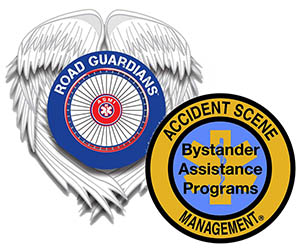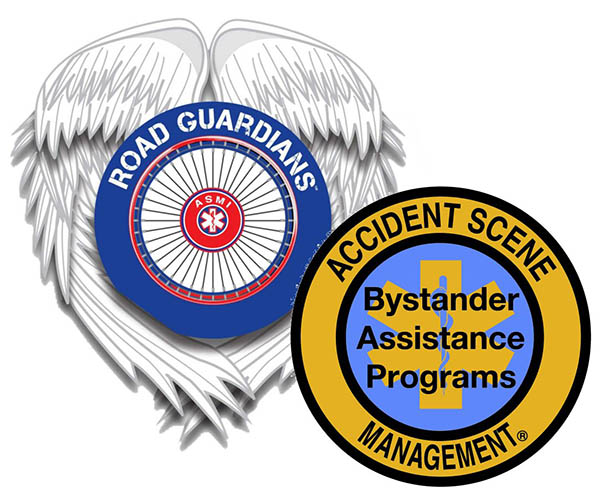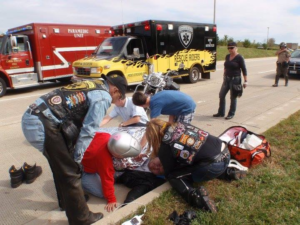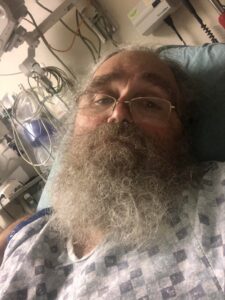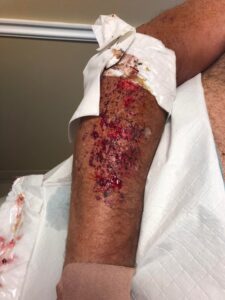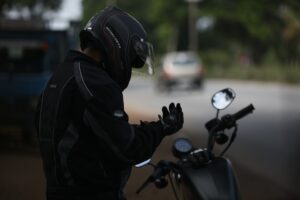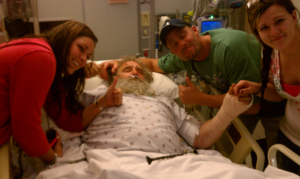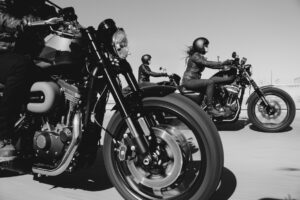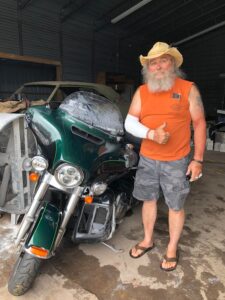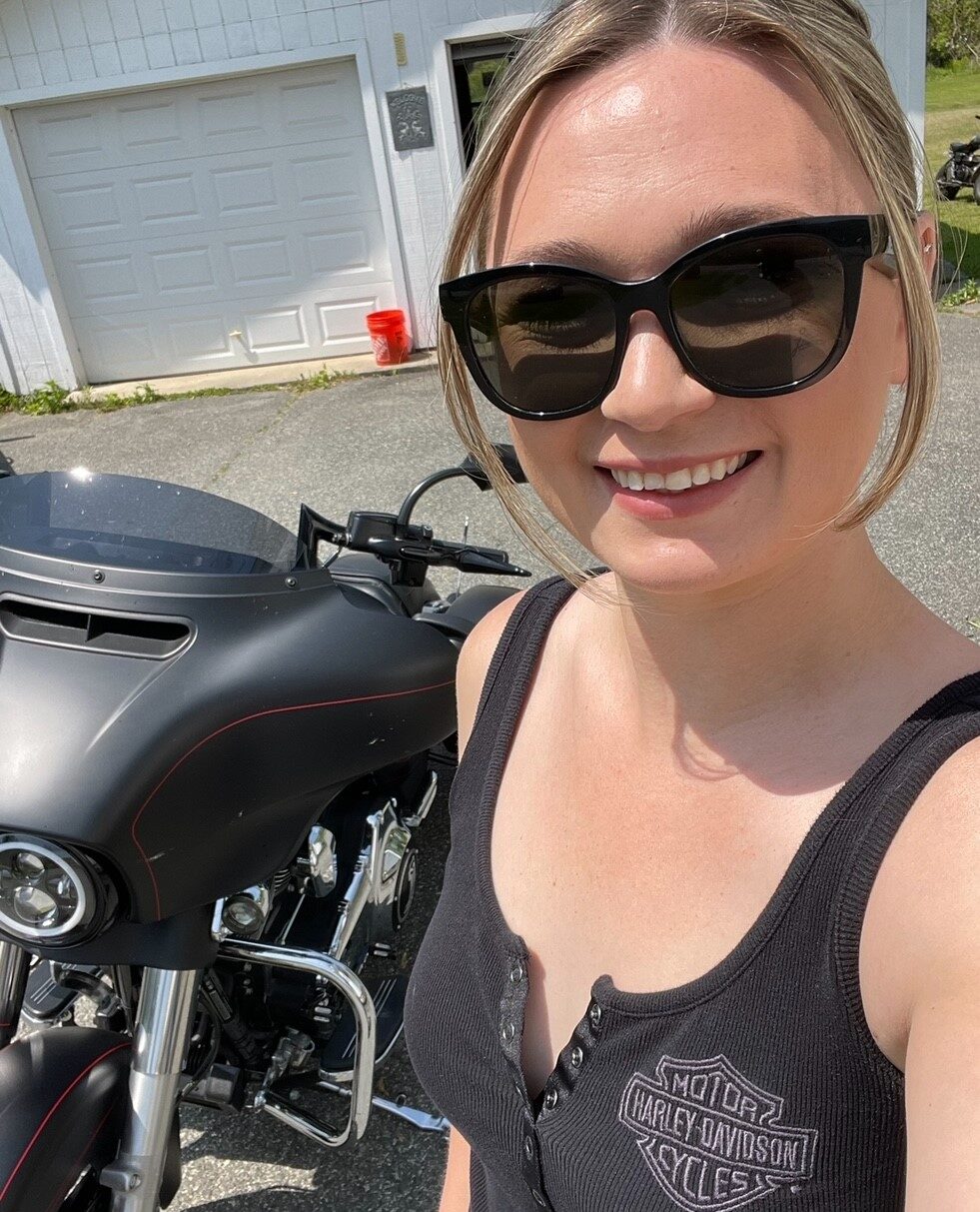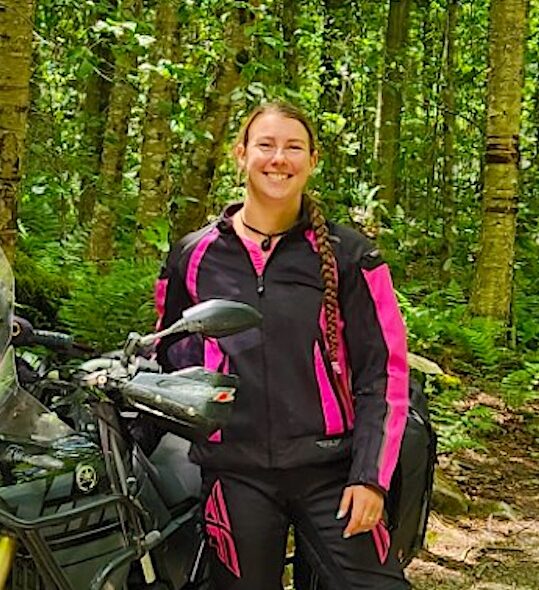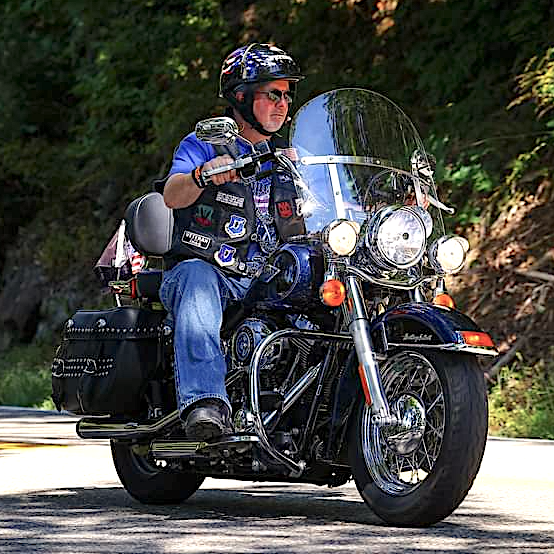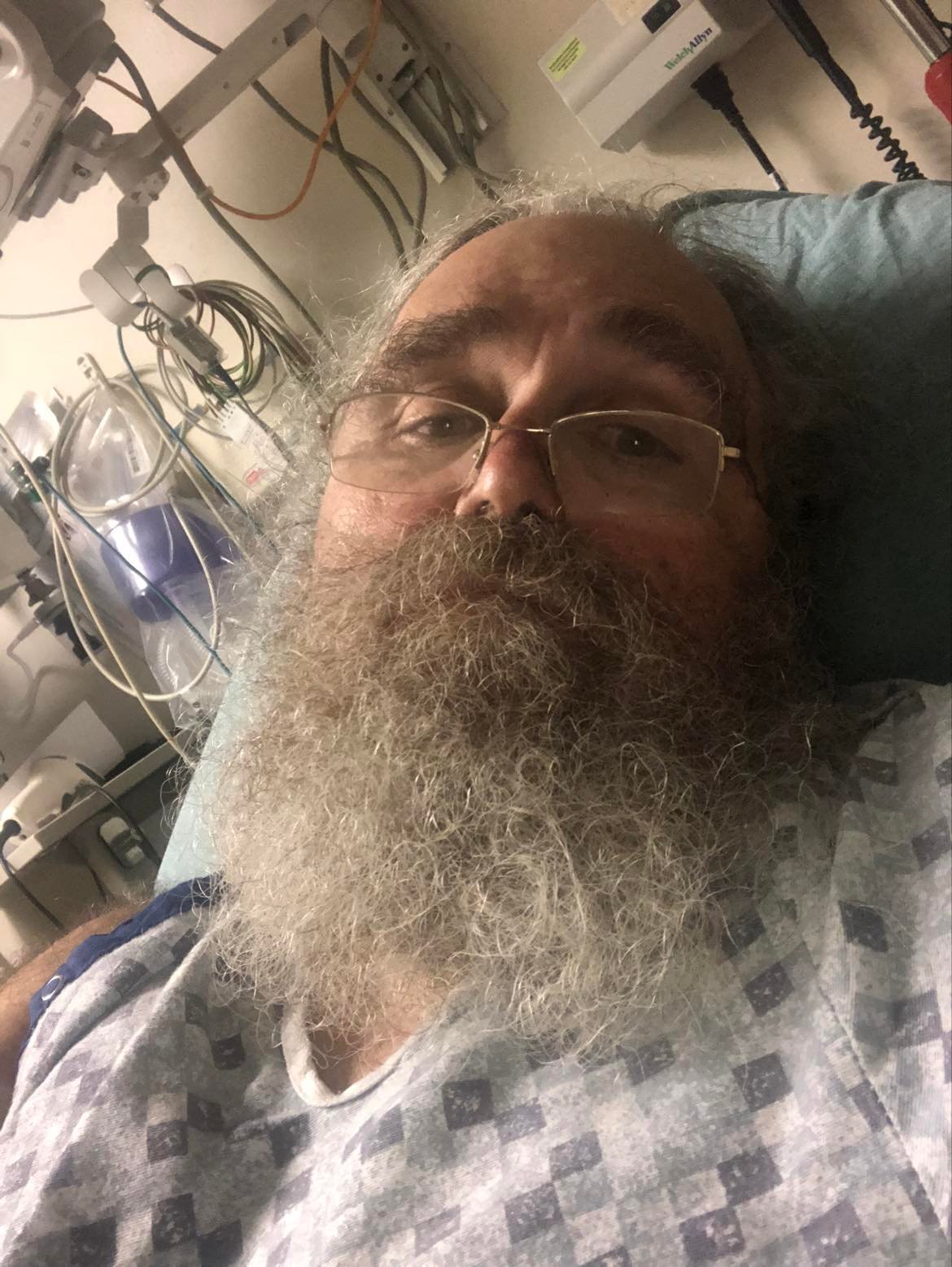
Tips for Getting Back on Your Motorcycle After an Accident
Most of us have heard the saying “It’s not if, but when you go down”. We all know that there’s an added risk of injury if we are involved in an accident on our motorcycle vs a car or truck. There will be friends or family members that don’t understand why we still want to ride a motorcycle. They don’t understand that we aren’t all thrill-seeking adrenaline junkies when we get on our bikes, that actually for most of us it’s a way of life. We are one with the open road and part of a community. Riding on a motorcycle gives a feeling that one can’t really put into words, it has to be experienced to understand. When we acknowledge fellow bikers out on the road with a nod or a hand gesture, we do so because no matter what reason they ride, we know they have experienced and understand that indescribable feeling. They love that feeling of the open road too.
The reality remains, no matter how much training or experience we have, accidents still happen. Getting back on a motorcycle after being involved in an accident is different for everyone. For some it can be emotionally scarring. It drains their confidence and they have serious reservations about returning to riding. For others it doesn’t change much and they see it as just a part of motorcycling. When we hear someone say “I was in an accident once”, it’s hard to know if asking about it will bring up bad memories and trauma they’d rather not think about, or start an excellent conversation about what may have resulted in a different outcome.
Dealing with Loss of Confidence
Losing confidence in riding a motorcycle after an accident is perfectly normal. As a general rule, fear develops the longer you wait to get back on. It is best to get back on as soon as you reasonably can. Being injured in an accident may have an effect on how you heal, both mentally and physically. Some are able to shake off a physical injury, allow their body to heal, and jump back on to ride again. For others, a small injury can not only injure your body but also cause a lasting mental trigger. It’s up to you to take the time you need to heal your body and mind and decide when to get back on for the next ride, or whether there will be a next ride at all.
Evaluate what happened in the accident
Take a long breath, look at everything that happened and ask yourself: ‘Did I do everything possible to avoid the accident?’ Think about things you could have done differently and how you can improve your riding skills. Learn about situational awareness and consider attending a biker safety course. Some motorcycle schools may even offer specialty confidence building courses.
Don’t start riding again until all your injuries have healed
If you ride while unfit it may affect your performance, and one small trigger can be enough for you to call it quits all together. To reduce the chances of this you should make sure that all of your physical injuries are completely healed before getting back on your bike. It’s also important to ensure you are mentally ready as well. While you are bound to have some nervousness when returning to riding, this should not result in full blown panic, which can seriously affect your performance when on the road. Talking with others about the accident can be very helpful. Consider talking to friends who can relate or join an online group to hear about ways others have found to overcome their fears of returning to the road. Only you will know when you are ready.
Invest in quality gear afterwards
Inspect any gear that was worn during the accident. Replace your helmet and consider whether your protective clothing did a good job. If the answer is no, replace it with an upgraded version. Take time to read customer reviews before ordering to ensure you get the best protection for the best price.
Make sure your repairs are done by a certified motorcycle mechanic
Have any damages assessed and repaired at a shop with qualified mechanics. Ensure you are receiving genuine replacement parts and the work should be guaranteed for at least two years. This is not a time to gamble with used parts or a ‘back yard’ mechanic. You will want peace of mind on the road and the ability to focus all of your thoughts on riding, not worrying about mechanical issues with your bike.
Start with an easy route for your first ride
Choose a clear day and perhaps ask a friend who is a biker to join as well. Take a route that’s familiar and ensure it is at a time of the day with light traffic. Pick a shorter route or maybe a route that has a few different options to start heading back if need be. Sometimes just knowing you have an option to head back can give you the confidence you need to keep pushing forward.
Take it steady – there’s no rush
Corner with care, accelerate smoothly, signal and brake in good time. Gradually build your confidence and take time to find your rhythm again. Start small and build your way up to longer rides.
Ride with a group of friends
Maybe you’d feel safer in numbers until you’re confident enough to be on your own, strength can be found in numbers. Consider getting yourself and your friends trained in Bystander Assistance from Accident Scene Management. Knowing exactly what to do at the scene of an accident and carrying the right supplies can boost your confidence. Knowing your fellow riders are well prepared and trained if anything were to happen can give you peace of mind as well.
In conclusion, the healing process after being involved in an accident is a very individual process. There are so many variables that there is no one size fits all solution. We at ASM encourage riders to become life long learners to make the road as safe as possible.
